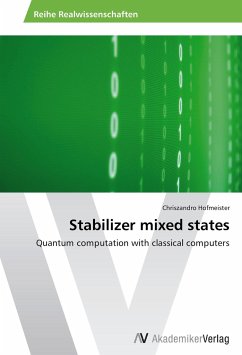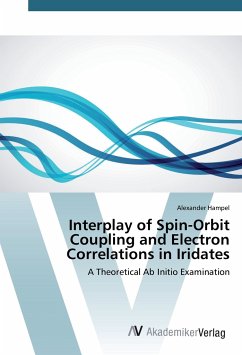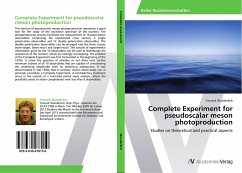
Complete Experiment for pseudoscalar meson photoproduction
Studies on theoretical and practical aspects
Versandkostenfrei!
Versandfertig in 6-10 Tagen
28,99 €
inkl. MwSt.

PAYBACK Punkte
14 °P sammeln!
The reaction of pseudoscalar meson photoproduction represents a good tool for the study of the excitation spectrum of the nucleon. The photoproduction process facilitates the measurement of 16 polarization observables comprising the unpolarized cross section, 3 single polarization observables and 12 double polarization observables. The double polarization observables can be arranged into the three classes beam-target, beam-recoil and target-recoil. The volume of experimental information given by the 16 observables can be used to disentangle the resonances of the nucleon, which are strongly ove...
The reaction of pseudoscalar meson photoproduction represents a good tool for the study of the excitation spectrum of the nucleon. The photoproduction process facilitates the measurement of 16 polarization observables comprising the unpolarized cross section, 3 single polarization observables and 12 double polarization observables. The double polarization observables can be arranged into the three classes beam-target, beam-recoil and target-recoil. The volume of experimental information given by the 16 observables can be used to disentangle the resonances of the nucleon, which are strongly overlapping. The problem of the Complete Experiment was first formulated in the beginning of the 1970s. It raises the question of whether or not there exist certain minimum subsets of all 16 observables that are capable of constraining the underlying amplitudes with no remaining ambiguities. It was demonstrated in the 1990s that 8 carefully chosen observables can in principle constitute a Complete Experiment. A contradictory statement arises in the context of a truncated partial wave analysis, where the possibility exists to attain completeness with less than 8 observables.



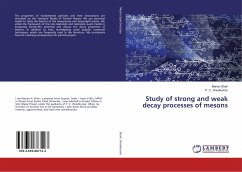
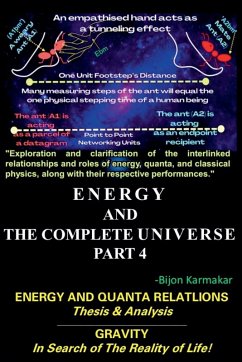
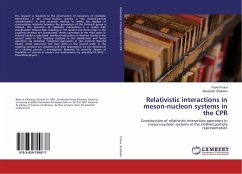
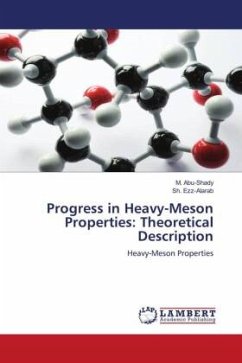

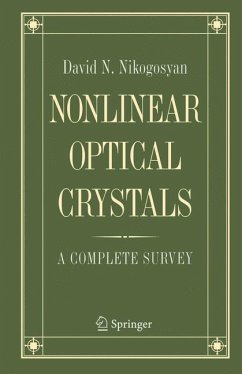
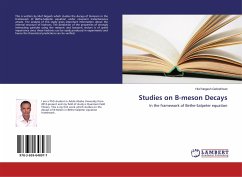
![Model-Independent Measurement of the CKM Angle y in B±¿[h+h-¿+¿-]Dh'±(h=K,¿) Decays at LHCb and BESIIII Cover Model-Independent Measurement of the CKM Angle y in B±¿[h+h-¿+¿-]Dh'±(h=K,¿) Decays at LHCb and BESIIII](https://bilder.buecher.de/produkte/75/75026/75026126n.jpg)
